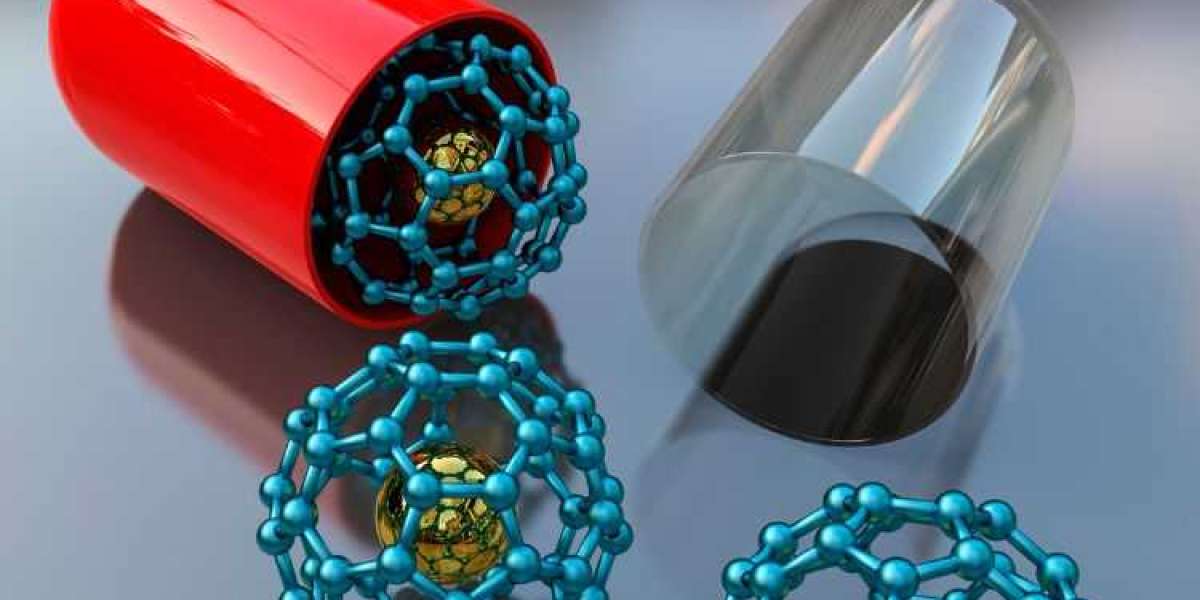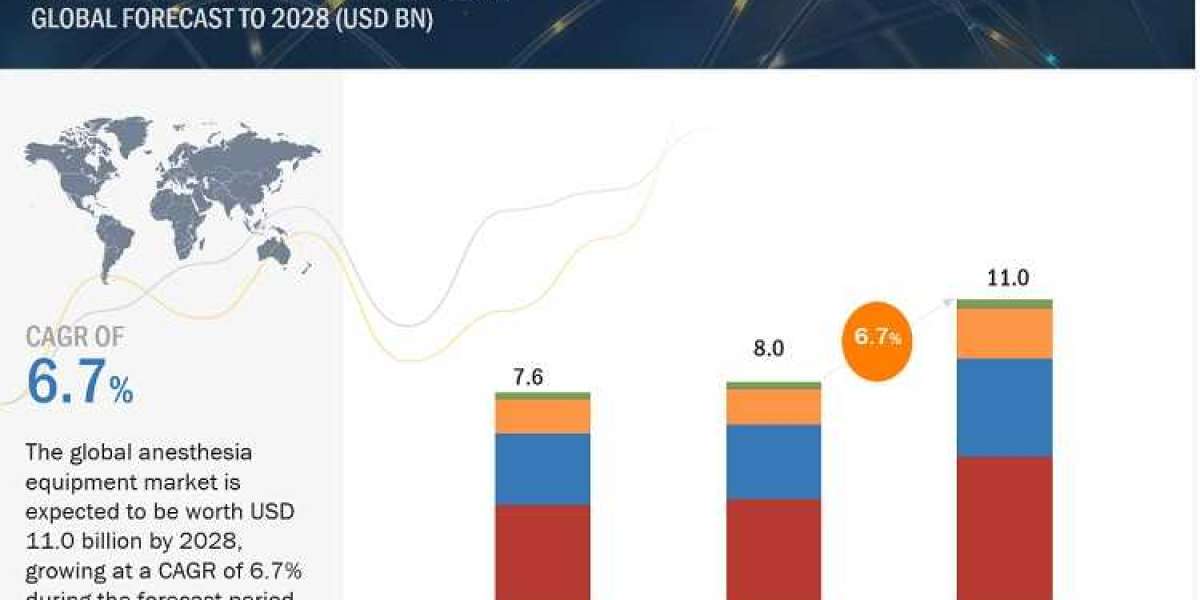The global metal nanoparticles market size reached approximately USD 3.01 billion in 2023. The market is further projected to grow at a CAGR of 11.3% between 2024 and 2032, reaching a value of USD 7.91 billion by 2032. This phenomenal growth signifies the immense potential of metal nanoparticles in revolutionizing various industries, particularly healthcare. But what exactly are metal nanoparticles, and how are they transforming medicine?
Metal Nanoparticles: Microscopic Marvels
Metal nanoparticles are microscopic particles of metal with a size ranging from 1 to 100 nanometers (nm). For perspective, a human hair is roughly 80,000 nm wide! Due to their incredibly small size, metal nanoparticles exhibit unique physical, chemical, and biological properties compared to their bulk counterparts. These properties make them ideal candidates for various healthcare applications.
The Power of Tiny: Metal Nanoparticles in Healthcare
Metal nanoparticles are rapidly transforming healthcare by offering innovative solutions in several key areas:
1. Drug Delivery Applications:
One of the most exciting applications of metal nanoparticles is in drug delivery. Traditional drug delivery methods often face challenges like poor solubility, limited bioavailability (absorption by the body), and difficulty reaching target cells. Metal nanoparticles can overcome these limitations by:
- Enhanced Drug Solubility and Bioavailability: Nanoparticles can encapsulate drugs, improving their solubility in water and increasing their bioavailability. This allows for lower drug doses and potentially fewer side effects.
- Targeted Drug Delivery: Metal nanoparticles can be functionalized to target specific cells or tissues. This targeted delivery ensures that the drug reaches the desired location, minimizing damage to healthy cells.
- Examples: Metal nanoparticles are being explored for delivering various drugs, including anticancer drugs, antibiotics, and gene therapy vectors.
2. Imaging Applications:
Metal nanoparticles are finding increasing use as contrast agents in medical imaging techniques like Magnetic Resonance Imaging (MRI), Computed Tomography (CT) scans, and others. These nanoparticles enhance the contrast between healthy and diseased tissues, allowing for more accurate diagnosis.
- Improved Imaging Resolution and Accuracy: Nanoparticles can improve the resolution and sensitivity of imaging techniques, leading to earlier and more precise disease detection.
- Examples: Gold nanoparticles are commonly used as MRI contrast agents, while iron oxide nanoparticles are used in CT scans.
3. Diagnostic Applications:
Metal nanoparticles are being actively explored for developing biosensors capable of detecting biomarkers and pathogens. These biosensors can offer rapid and highly sensitive diagnostics for various diseases.
- Biosensors for Detecting Biomarkers and Pathogens: Metal nanoparticles can be functionalized to bind with specific biomarkers or pathogens, allowing for their detection in bodily fluids.
- Rapid Diagnostic Tests: Nanoparticle-based diagnostic tests can provide results within minutes, significantly improving disease diagnosis and treatment initiation times.
- Examples: Researchers are developing biosensors using gold nanoparticles for early detection of cancers and other diseases.
4. Therapeutic Applications:
Metal nanoparticles possess unique properties that make them valuable for therapeutic purposes:
- Antimicrobial Properties: Certain metal nanoparticles, like silver nanoparticles, exhibit potent antimicrobial activity, making them potentially useful for combating infections.
- Cancer Therapy: Metal nanoparticles are being explored for various cancer treatment approaches, including photothermal therapy (destroying cancer cells with heat) and targeted drug delivery as mentioned earlier.
- Other Therapeutic Uses: Metal nanoparticles are also being investigated for applications like wound healing, tissue regeneration, and treatment of neurological disorders.
Safety and Regulation: Ensuring Responsible Innovation
While the potential of metal nanoparticles in healthcare is immense, safety considerations are paramount. Potential toxicity of some nanoparticles and their long-term effects on human health require careful evaluation. Regulatory bodies are establishing guidelines for the development and use of metal nanoparticles in healthcare products. Researchers are also focusing on developing biocompatible and biodegradable nanoparticles to minimize potential risks.
Looking Ahead: The Future of Metal Nanoparticles in Healthcare
Metal nanoparticles represent a transformative force in healthcare. With continuous research and development, we can expect significant advancements in this field. Here are some exciting possibilities for the future:
- Advanced Drug Delivery Systems: Nanoparticles with more sophisticated targeting capabilities and controlled drug release mechanisms are on the horizon.
- Multifunctional Nanoparticles: Development of nanoparticles that combine diagnostic and therapeutic functions (theranostics) holds immense promise for personalized medicine.
- Improved Imaging Techniques: Nanoparticles will likely further enhance the resolution, sensitivity, and accuracy of medical imaging techniques.
Embracing the Challenges: Responsible Development of Metal Nanoparticles in Healthcare
The immense potential of metal nanoparticles in healthcare is undeniable. However, responsible development and implementation are crucial to ensure patient safety and maximize benefits. Here's a deeper look at the challenges and how we can address them:
Challenges:
- Toxicity Concerns: Some metal nanoparticles can exhibit cytotoxicity (toxicity to cells) or interact with biological systems in unforeseen ways. Thorough research on the potential toxicity of various nanoparticles and their long-term effects is essential.
- Environmental Impact: The large-scale production and disposal of metal nanoparticles raise environmental concerns. Developing sustainable synthesis methods and responsible disposal strategies are critical.
- Regulatory Hurdles: Regulatory frameworks for metal nanoparticles in healthcare products are still evolving. Establishing clear guidelines and efficient approval processes will be crucial for bringing safe and effective nanoparticle-based therapies to patients.
Addressing the Challenges:
- Biocompatible Design: Researchers are actively developing biocompatible nanoparticles that are less likely to cause harm to the body. This involves using non-toxic materials and modifying the surface properties of nanoparticles.
- Rigorous Testing: Extensive pre-clinical and clinical testing are necessary to ensure the safety and efficacy of nanoparticle-based therapies. Robust testing protocols and transparent data sharing are essential.
- Collaboration: Collaboration between researchers, regulators, and industry stakeholders is crucial for developing safe and effective nanoparticle-based healthcare solutions. Open communication and knowledge sharing will accelerate responsible innovation.



